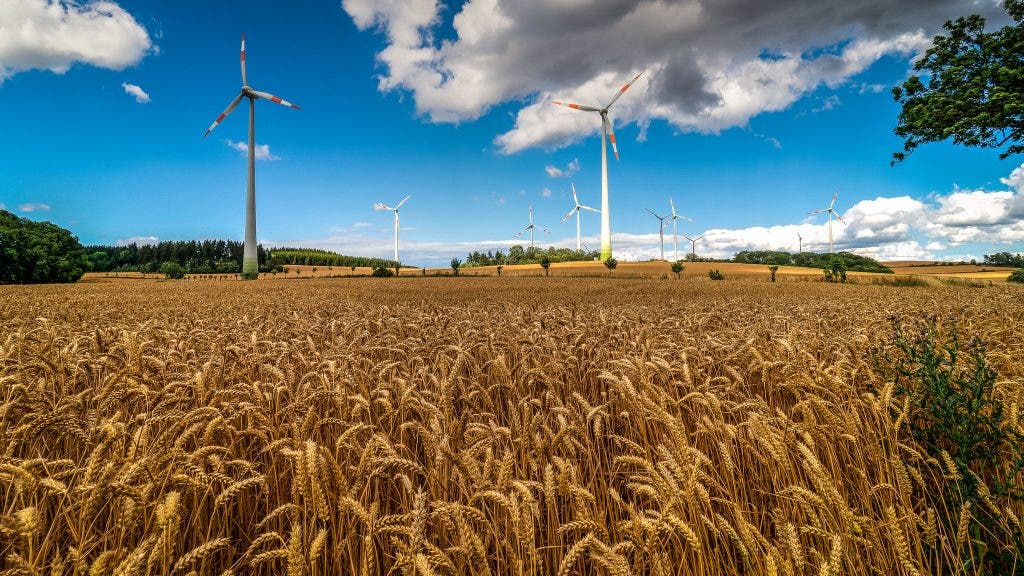In 2020, renewable energy sources such as wind and solar grew at their fastest rate since 1999 — and will continue expanding at a faster rate than before the pandemic, according to a report by the International Energy Agency (IEA). While China’s growth will stabilize, a large expansion is expected in the US and Europe.

Moving towards renewable sources is one of the key ways to reduce global emissions and achieve carbon neutrality. But as clean energy expanded, so did coal, the most polluting energy source. Coal demand is expected to grow 4.5% this year, approaching its all-time peak from 2014.
The amount of renewable electricity capacity added in 2020 rose by 45% in 2020 to 280 gigawatts (GW), the largest year-on-year increase in the past two decades, IEA showed. This significant increase is set to continue, surpassing previous IEA estimates by 25%.
“Wind and solar power are giving us more reasons to be optimistic about our climate goals as they break record after record. Last year, the increase in renewable capacity accounted for 90% of the entire global power sector’s expansion,” Fatih Birol, IEA’s executive director, said in a statement.
Global wind capacity additions almost doubled last year to 114 GW. While the increase won’t be as significant over the next few years, it will still be 50% larger than the expansion seen between 2017 and 2019, the IEA said. Meanwhile, solar energy projects are expected to continue expanding, with up to 160GW forecasted for 2022.
Although China has accounted for 40% of global renewable capacity growth for several years already, for the first time in 2020 it was responsible for 50% – a record level resulting from the unprecedented peak in new installations. This is expected to decline as the government phases out subsidies for new projects. But other places are lining up to compensate.
In Europe, annual capacity additions are forecast to increase 11% to 44 GW in 2021 and 49 GW in 2022. With this expansion, this year the region will break the record for annual additions for the first time since 2011 and become the second largest market after China – with Germany as the main producer of the bloc.
Meanwhile, in the US, renewable capacity growth this year and next is mainly encouraged by the extension of federal tax credits. IEA’s report didn’t consider Biden’s new climate pledge or the country’s recently announced infrastructure bill. If they are met, both would drive a strong acceleration in the deployment of renewables.
“Governments need to build on this promising momentum through policies that encourage greater investment in solar and wind, in the additional grid infrastructure they will require, and in other key renewable technologies such as hydropower, bioenergy and geothermal,” Birol said in a statement.
In a report earlier this year, IEA said global energy-related CO2 emissions are on course to surge by 1.5 billion tons this year. This would be the second-largest increase in history, reversing the decline caused by the pandemic. The key driver is coal demand, which countries are still relying on in addition to renewable energy sources. Hopefully, that will soon change — installing renewable energy is only one part of the challenge, keeping fossils fuels in the ground is what’s going to make or break our climate efforts.






